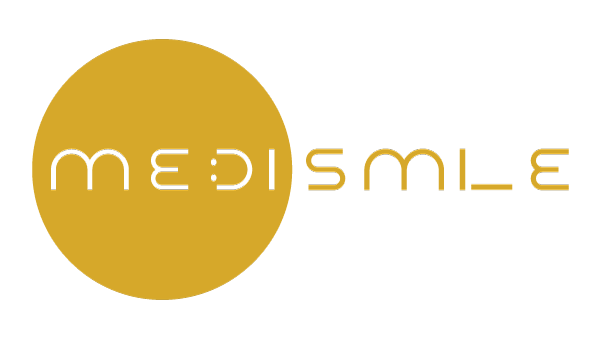What is Craniomandibular Dysfunction?
Craniomandibular dysfunction or craniomandibular dysfunction (CMD) is a complex medical problem that refers to various misalignments and dysfunctions of the temporomandibular joint. The word “cranio” comes from “cranium”, which means “skull”. “Mandibular” is derived from “mandibula”, the Latin word for “lower jaw” and “dysfunction” means a malfunction or impaired function. Together, “craniomandibular dysfunction” therefore describes a disorder or malfunction in the function of the jaw, particularly in the area of the skull and lower jaw.
Just a few millimetres that may be missing between the upper and lower jaw so that they meet ideally are enough to cause consequential damage and pain. This dysfunction can cause a variety of symptoms, including pain in the jaw area, headaches, ringing in the ears (tinnitus), dizziness and difficulty opening the mouth. Typical jaw misalignments that lead to CMD include overbite, underbite and crossbite.
We are your Top-Specialists for Functional Disorders of the Masticatory System
As a dentist and specialist in oral and maxillofacial surgery, Dr. med. med. dent. Hans Krehn has extensive expertise in the treatment of craniomandibular dysfunction (CMD). This is fundamental, as both the diagnosis and treatment of CMD require a high level of experience.
Treatment is based on advanced computer-assisted CMD measurement and precise 3D images of the temporomandibular joints, supplemented by customized CMD splints or, if necessary, orthognathic surgery: this includes procedures to correct malpositions of the jaw bones, such as overbite, underbite and crossbite. Our modern techniques are effective in noticeably reducing discomfort and, in optimal cases, can contribute to complete healing.
